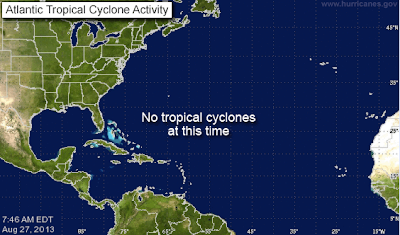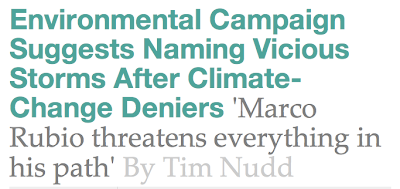Going Back to the Original Fujita Scale
What would be the advantage of admitting weather science made a mistake in converting from the original Fujita Scale to the EF scale? I see at least three advantages: 1) The top value (319 mph) is far more useful than "more than 200 mph." It is apparently quite accurate, at least based on what now we know. Might there be a peak gust of 325 somewhere? Sure. But, 319 as a top value seems close. 2) The Rozell, Kansas, tornado would be rated: F-4 (measured winds) AND f-2 (estimate from damage) People doing a database search would be free do an "estimate-only" search and it would appear nothing has changed. Consistency would be preserved. Building designers could do a search by wind speed and retrieve much more precise information. 3) So much work was done with the original Fujita scale (Tom Grazulis " Significant Tornadoes ", and others) we would not have to go back and re-rate the tornadoes prior to 2007 to accommodate changes in EF or so











.JPG)


















